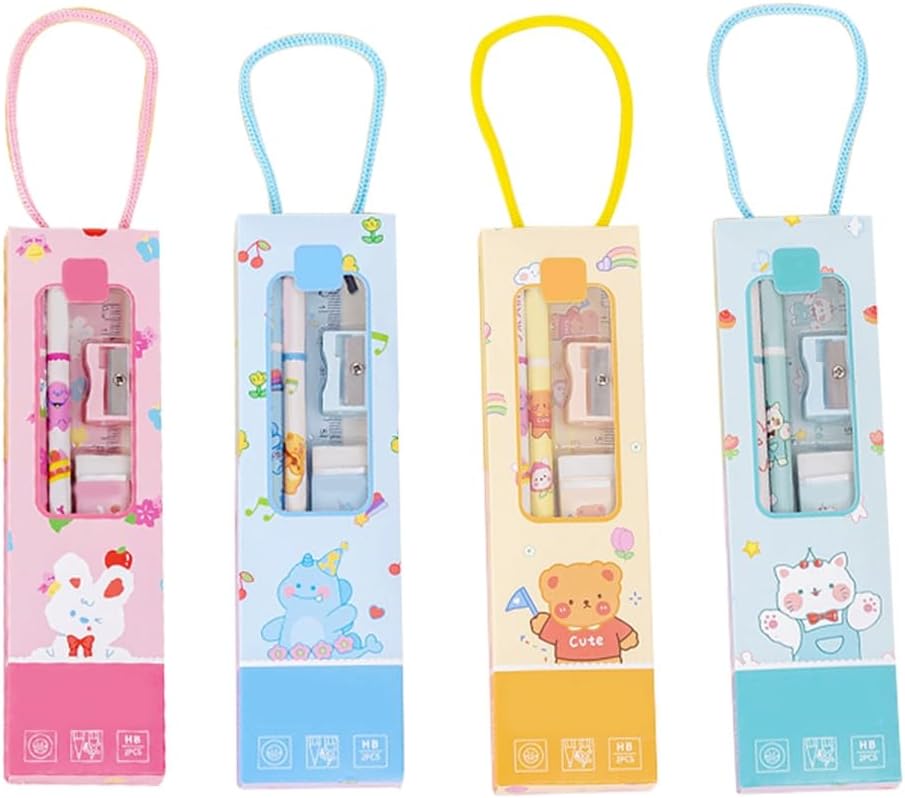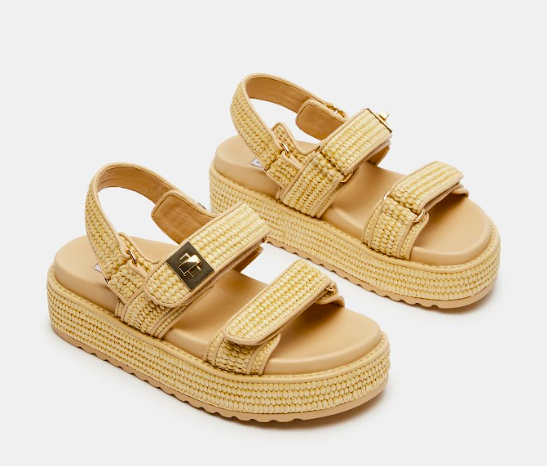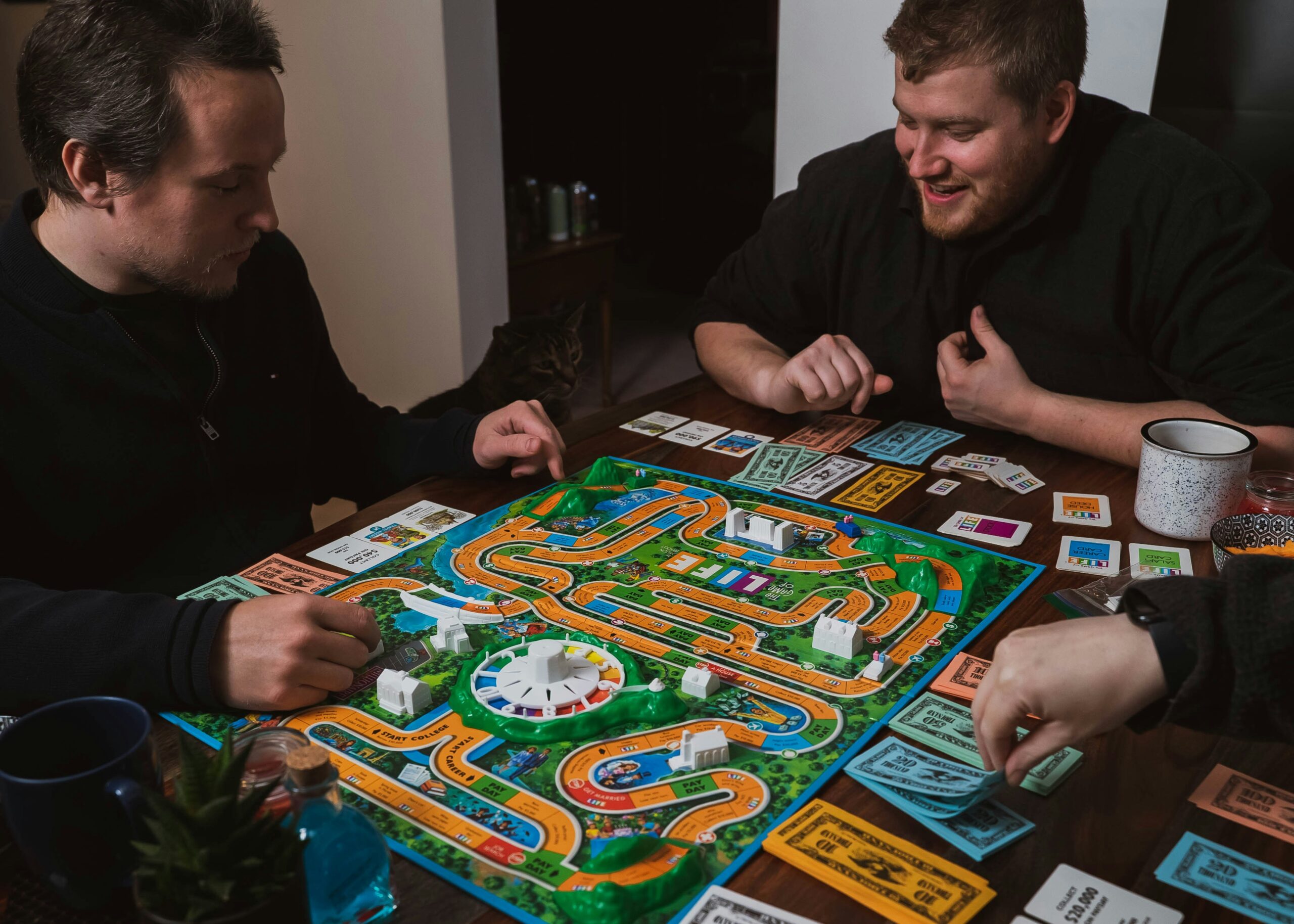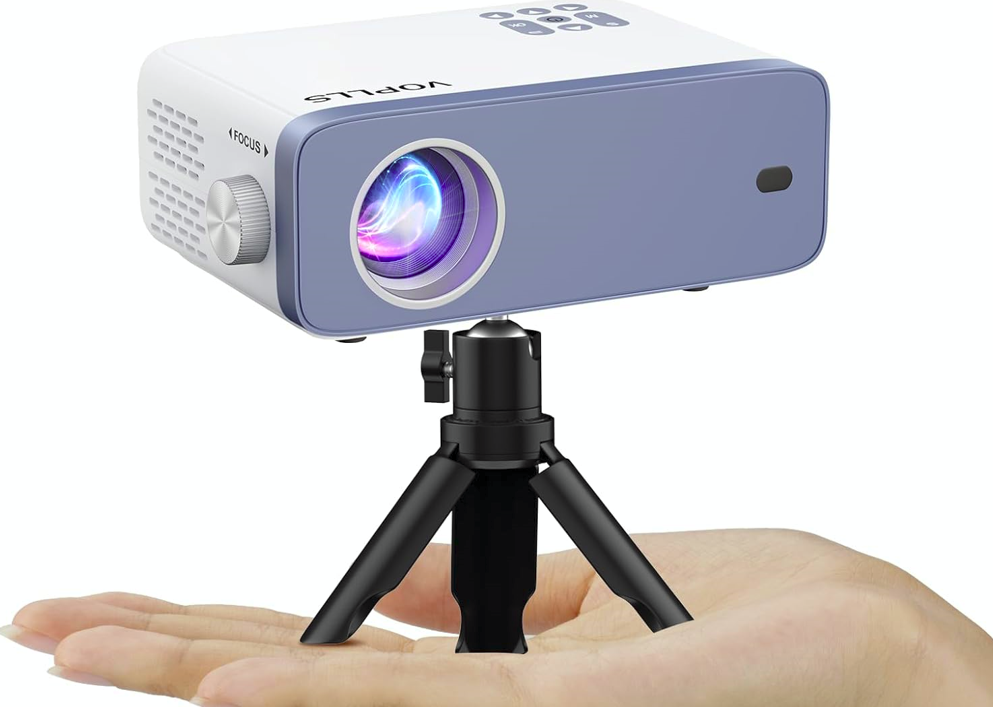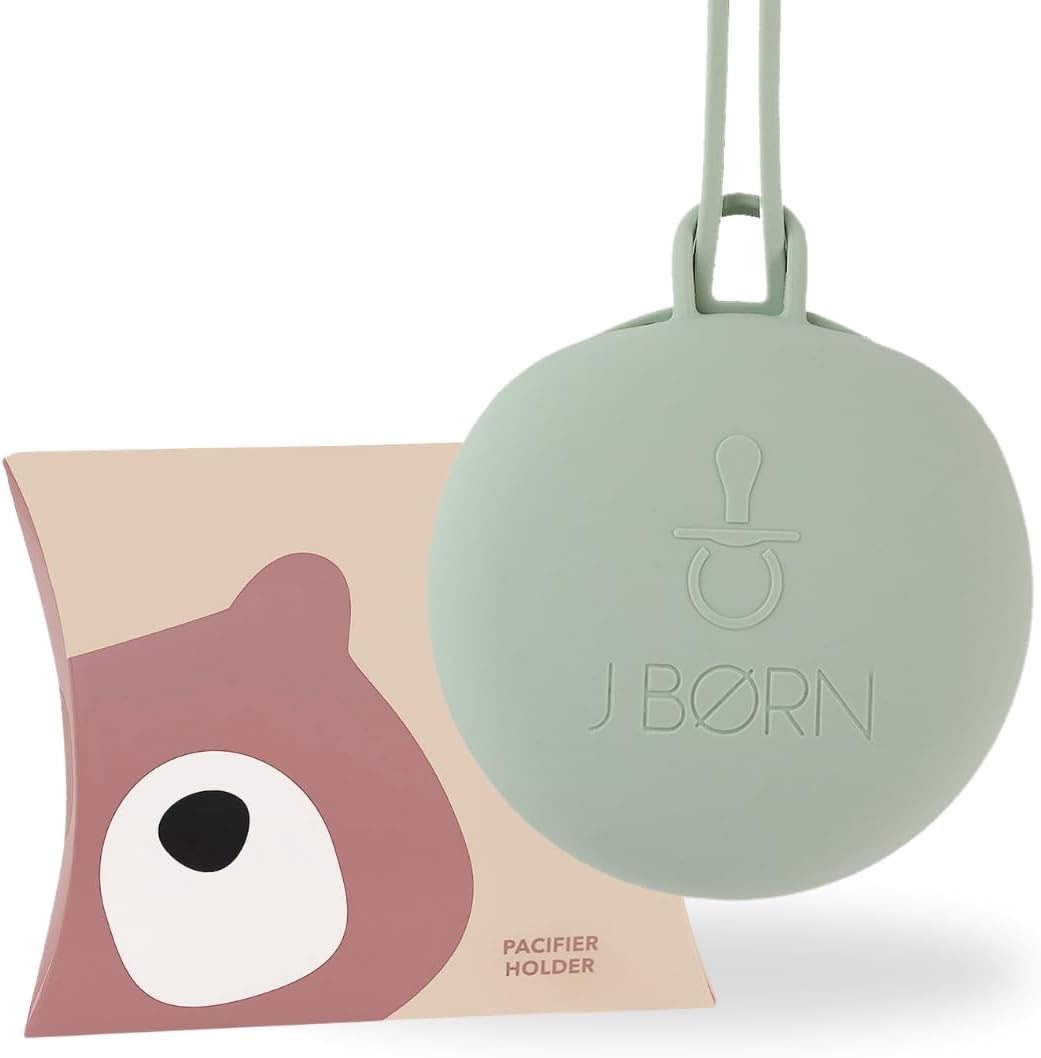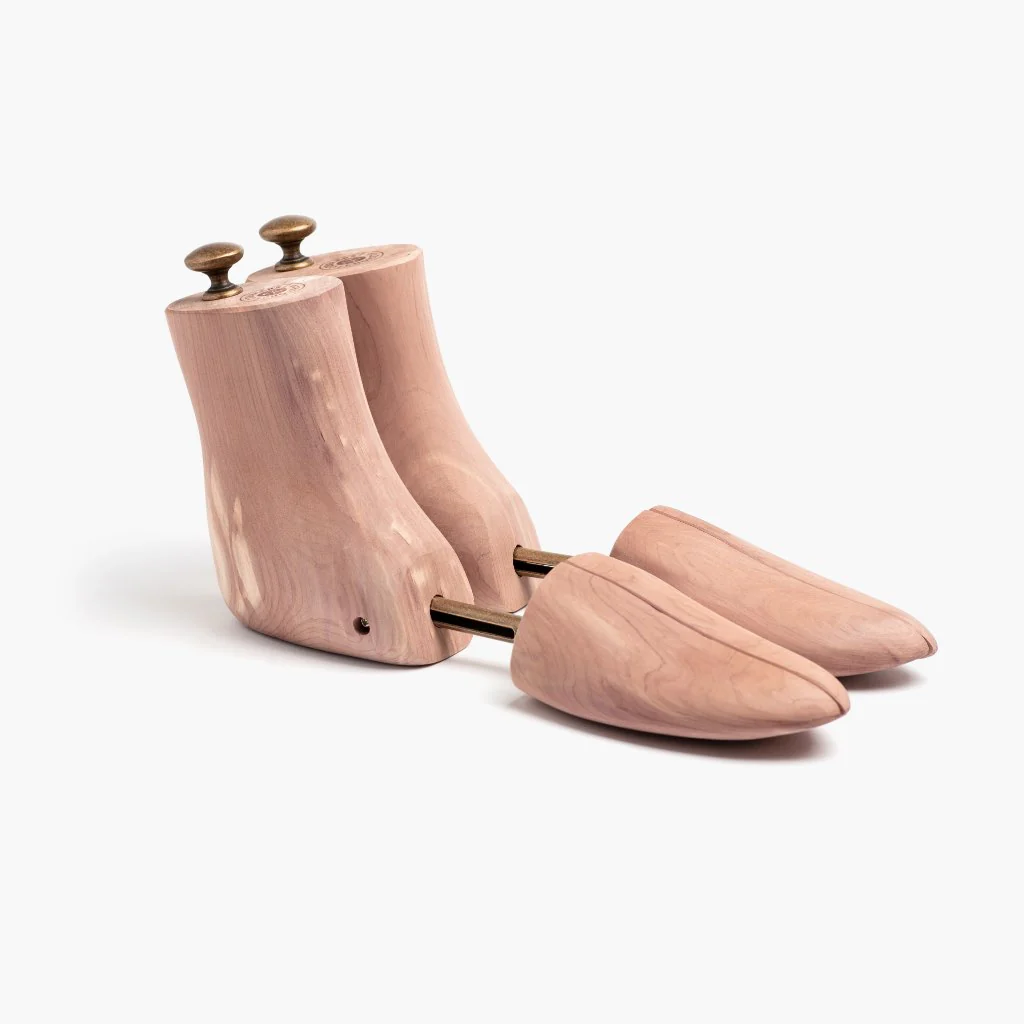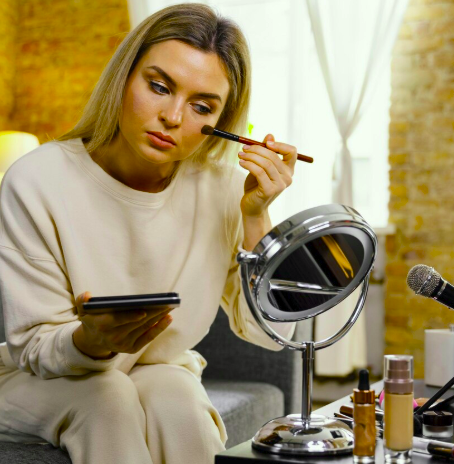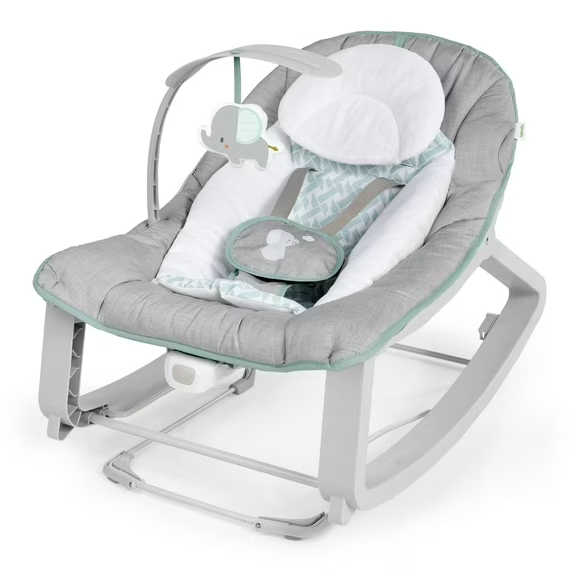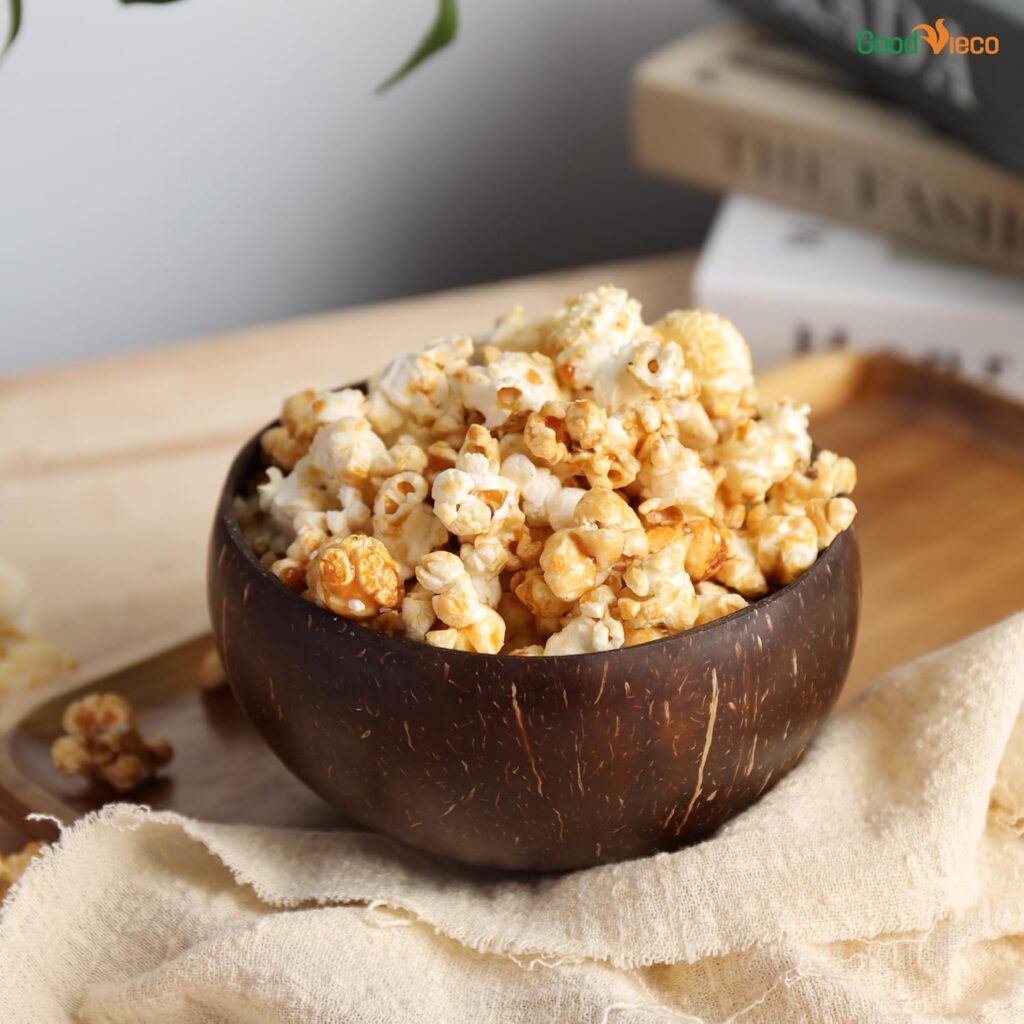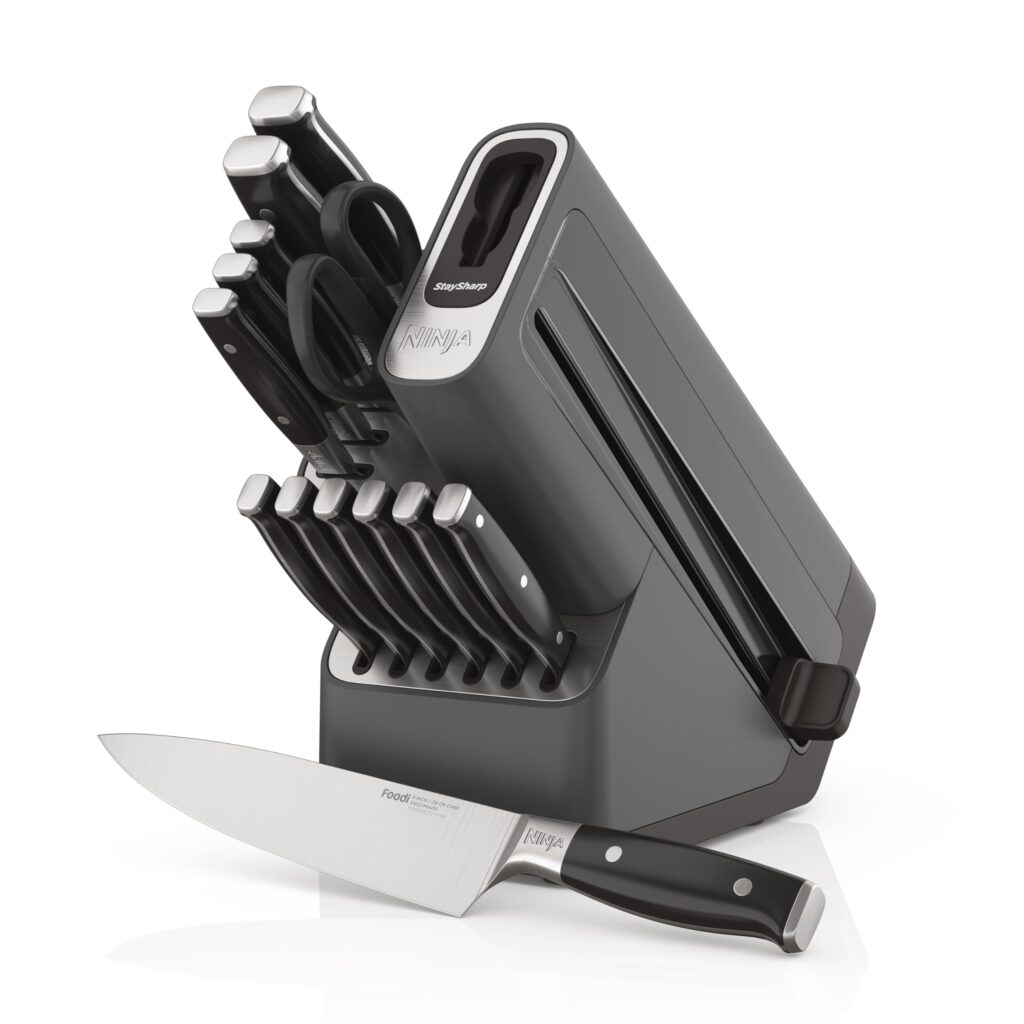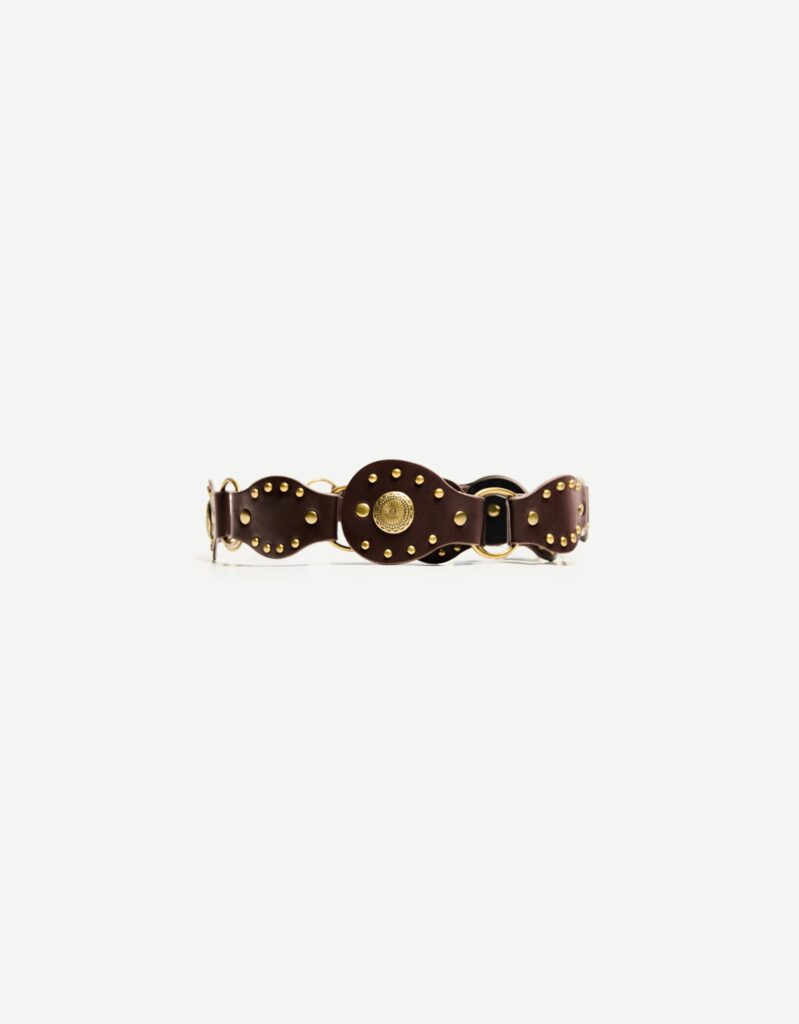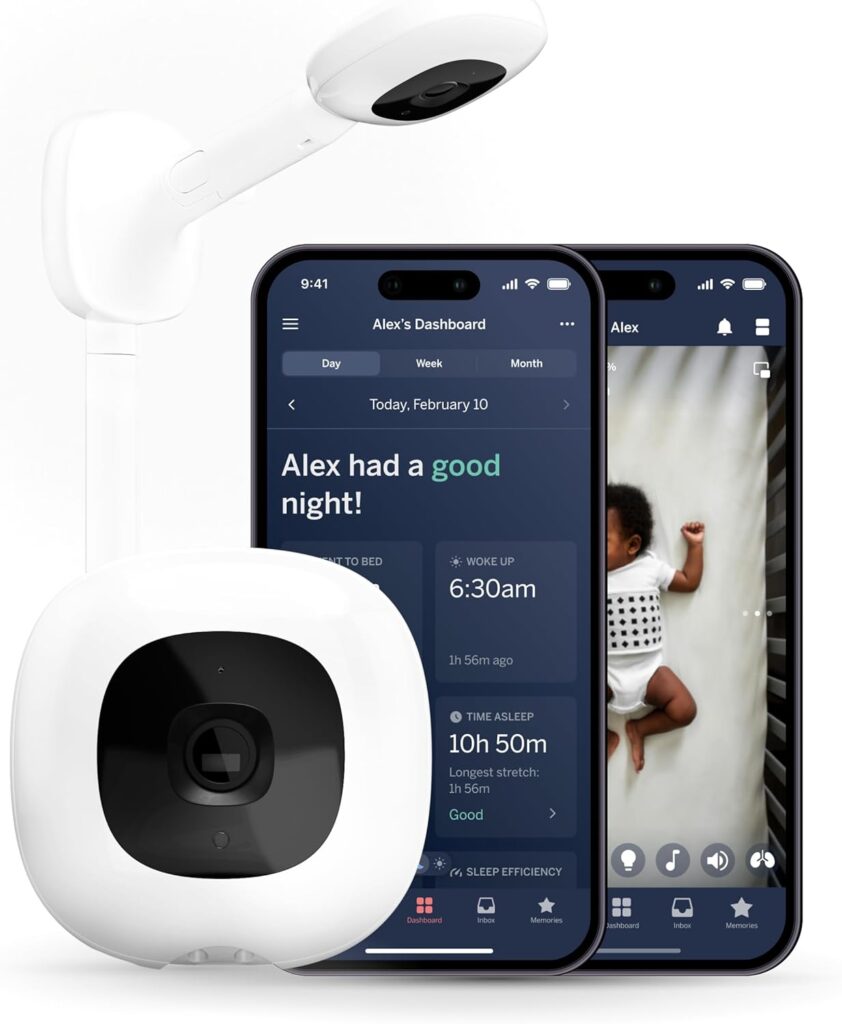If you’ve ever watched a pencil vanish between the sofa cushions five minutes before the school run, you know that stationery isn’t “just stuff”—it’s the invisible scaffolding of a calm day. The Bordhap Best School Stationery Set gives you a single, coordinated toolkit that can move from classroom to kitchen table without turning your bag into a rummage sale. It’s not about chasing every gimmick; it’s about having a dependable, thoughtfully chosen set that supports focus, tidy habits, and friction-free learning.
In this article, we’ll turn the Bordhap Best School Stationery Set into a full, family-friendly system: how to pack it (so kids find what they need in seconds), how to use color and layout to make notes teach back later, and how to build tiny routines that protect attention spans and save time. We’ll keep it practical and design-led—no tech specs or price talk—just the feel and flow of a kit that does its job beautifully.
Shop Bordhap Best School Stationery Set
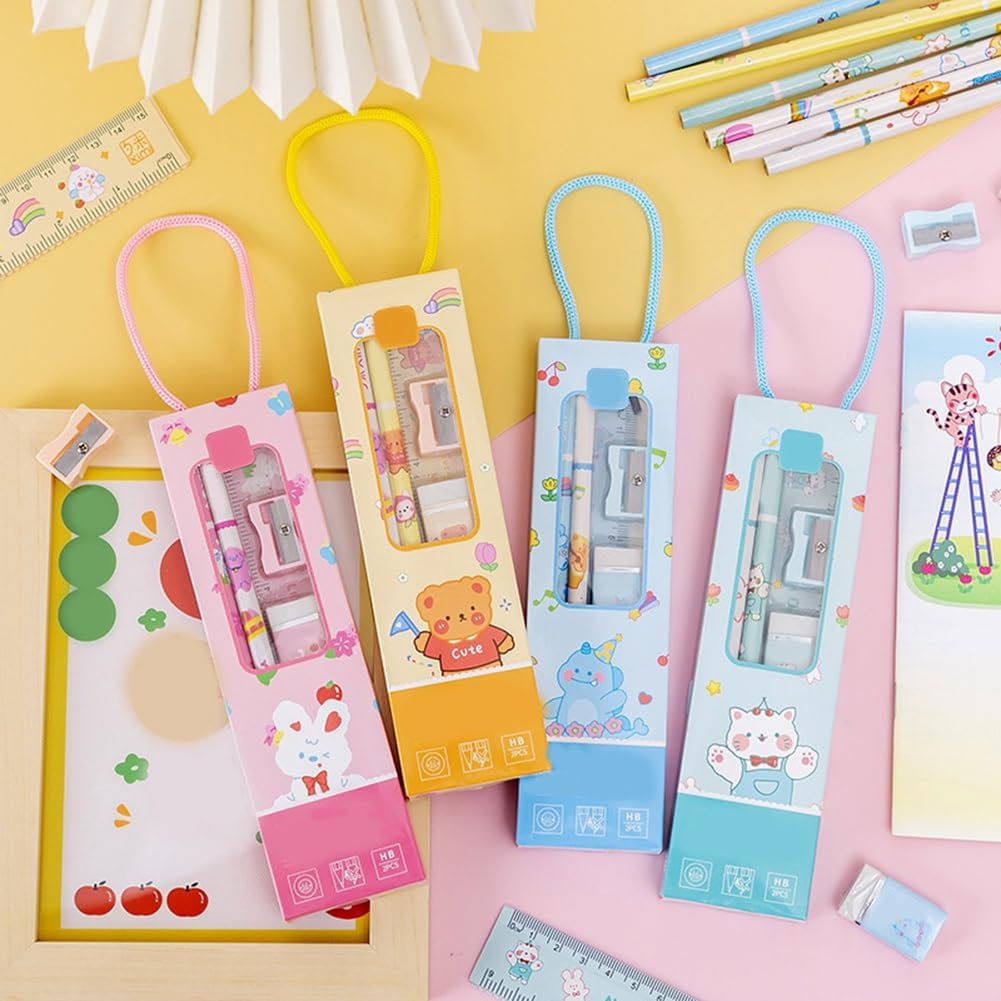
Why a Complete Set Beats a Drawer of Randoms
A lot of families collect stationery in the wild: a novelty pen here, a lost-and-found ruler there. The result? Duplicates, missing lids, and last-minute scramble. A complete kit like the Bordhap Best School Stationery Set solves three quiet problems at once:
- Consistency: The tools behave predictably, so kids develop muscle memory—where to find, how to hold, how to highlight.
- Speed: A single case with an internal logic means “Highlighters out!” takes three seconds, not thirty.
- Calm aesthetics: A coordinated look reduces visual noise. Less clutter equals more attention on the actual task.
The point isn’t to impress the classroom; it’s to remove tiny frictions that drain energy before learning even begins.
What’s Inside (Experience, Not Specs)
You won’t find a spec sheet here. What matters is how the Bordhap Best School Stationery Set behaves in real life:
- The writer that glides: A main pen or pencil that moves smoothly enough to keep up with dictation without leaving smudgy shadows.
- The precise pointer: A fine tip for underlining titles, sketching diagrams, or boxing formulas.
- Soft-tone highlighters: Hues that lift key ideas without turning pages neon—perfect for scanning notes later.
- Measure & mark: A compact ruler that actually lies flat; an eraser that cleans without shredding paper; a sharpener that captures shavings so desks stay civilized.
- A sensible case layout: Elastic loops or a quick-grab rail for “daily drivers,” plus a zip/mesh pocket for “sometimes tools.”
None of that is flashy—and that’s the secret. The Bordhap vibe is quietly capable and classroom-smart.
Pack Once, Find Fast: The Three-Zone Method
Turn a pencil case into a tiny command center:
- Quick-Grab Rail — Main pen/pencil + eraser right at the opening. This is the “checklist line” kids count at the bell.
- Core Compartment — Ruler, highlighters, glue, scissors lay flat so zips glide and nothing jabs little hands.
- Project Pocket — Fine liner, sticky tabs, compass or protractor (for older kids), plus a folded supply list for easy restocks.
Open → see → grab. It’s the muscle memory that stops the “Where’s my…?” chorus.
Shop Bordhap Best School Stationery Set
Age-Based Packing That Grows with Your Child
Use this as a baseline and tweak to teacher requirements.
- Early Primary (≈5–7): 2 pre-sharpened pencils, jumbo eraser, safe scissors, glue stick, 6 short crayons, mini sharpener with catcher, name card. Keep it light and easy.
- Upper Primary (≈8–11): 2 pencils or one mechanical + spare leads, black/blue pen, fine-tip color pen for headings, 2 pastel highlighters, eraser, capped sharpener, 15-cm ruler, sticky tabs.
- Lower Secondary (≈11–13): 2–3 pens, mechanical pencil, fineliner, 2 highlighters (definition + emphasis), mini geometry pieces, sticky page flags, small screen cloth (for tablet users).
- Teens (13+): Black pens x3 (one backup lives hidden), mechanical pencil + leads, three annotation colors (e.g., red/green/purple), slim ruler, correction tape (if allowed), mildliners/set of soft markers.
Pro tip: color-code by function (definitions, examples, emphasis) rather than by subject. Function-based color rules work everywhere and become second nature.
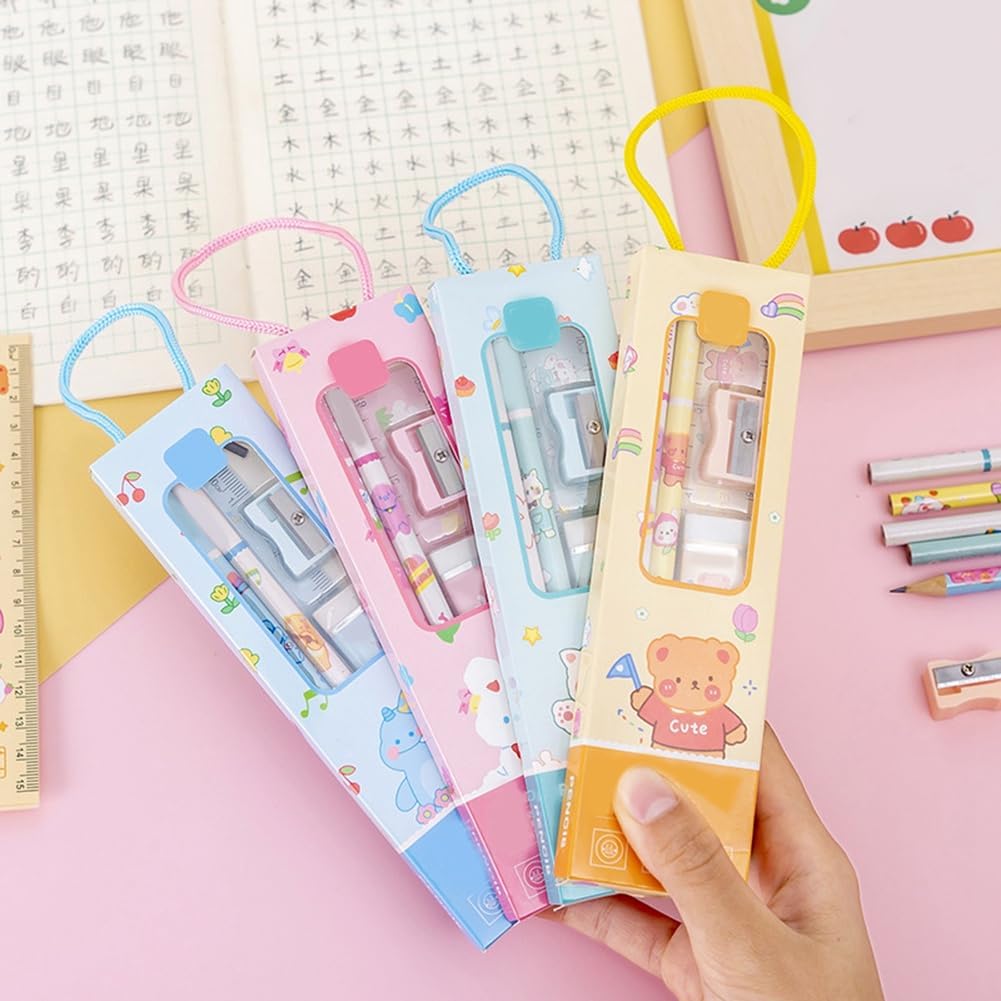
Note Pages That Teach Back Later
Make your notes a future teacher with a simple architecture:
- Title & Date: Top line in your crispest hand; underline with the fine tip.
- Key Idea Block: Two sentences in the main writer that explain “What today was really about.”
- Body: Short paragraphs with clear indents. Bullets only for processes or lists—less visual clutter, more clarity.
- Margin Tags: Tiny letters in a soft highlighter—Def, Ex, Why, Vs. On revision day, scan margins first.
- Exit Question: One blank at the end (“Why does the angle sum change here?”). It turns the page into a prompt next time.
This layout respects attention. Headings guide the eye, margins whisper context, the body carries the detail.
Color-Coding that Helps (Not Overwhelms)
Three roles are enough:
- Headings/Sections: One cheerful accent.
- Key Terms/Definitions: A cooler, consistent color.
- Soft Emphasis: A pale highlighter for main takeaways or “return to this.”
Teach kids the “no traffic lights” rule—avoid red/amber/green in the same block; it reads as warning, not learning.
The Two-Minute Reset (School → Bag → Home)
Routines beat reminders. Post this card inside the case for the first week:
- Bell rings: Cap/close everything. Rail trio check (pen, pencil, eraser). Zip fully.
- Backpack hook: Case goes in the same pocket every time.
- Homework time: “Core only” comes out. When finished, count the rail trio, drop back in the backpack pocket. Done.
Two minutes, three steps, zero evening scavenger hunts.
Shop Bordhap Best School Stationery Set

Homework Flow That Protects Focus
Use the Bordhap Best School Stationery Set to make home sessions kinder:
- One page = one goal. Write the goal at the top. Stop when the page answers it.
- Timer sprints: 20–25 minutes on, 5 minutes off. Hands get a micro-stretch; brain resets.
- Active recall box: Bottom-right square with one question. Cover notes, answer out loud, then check.
- Finish with a “Next Step.” One line in the margin so tomorrow knows where to begin.
The aim isn’t to study forever—it’s to study well, then stop.
For Neurodivergent Learners (Lower Cognitive Load)
Small design choices make a big difference:
- Visual strip: Icons for pen/pencil/eraser/highlighter inside the lid; kids check pictures, not words.
- Low-stim colors: Pastel markers and uncluttered pages reduce visual noise.
- Left-to-right packing: Tools always return to the same left-to-right order. Predictability = comfort.
- Texture cue: A tiny raised sticker on the main pen helps fast identification by feel.
The kit stays the same; stress goes down.
Etiquette Teachers Love (and Kids Can Master)
Neat tools = neat transitions. Teach the “three closures”: lids on, scissors closed, glue twisted down. Markers and correction tools live in the project pocket to prevent leaks. When the teacher calls for “ruler and highlighter,” your child should reach them in three seconds—the same place, every time.
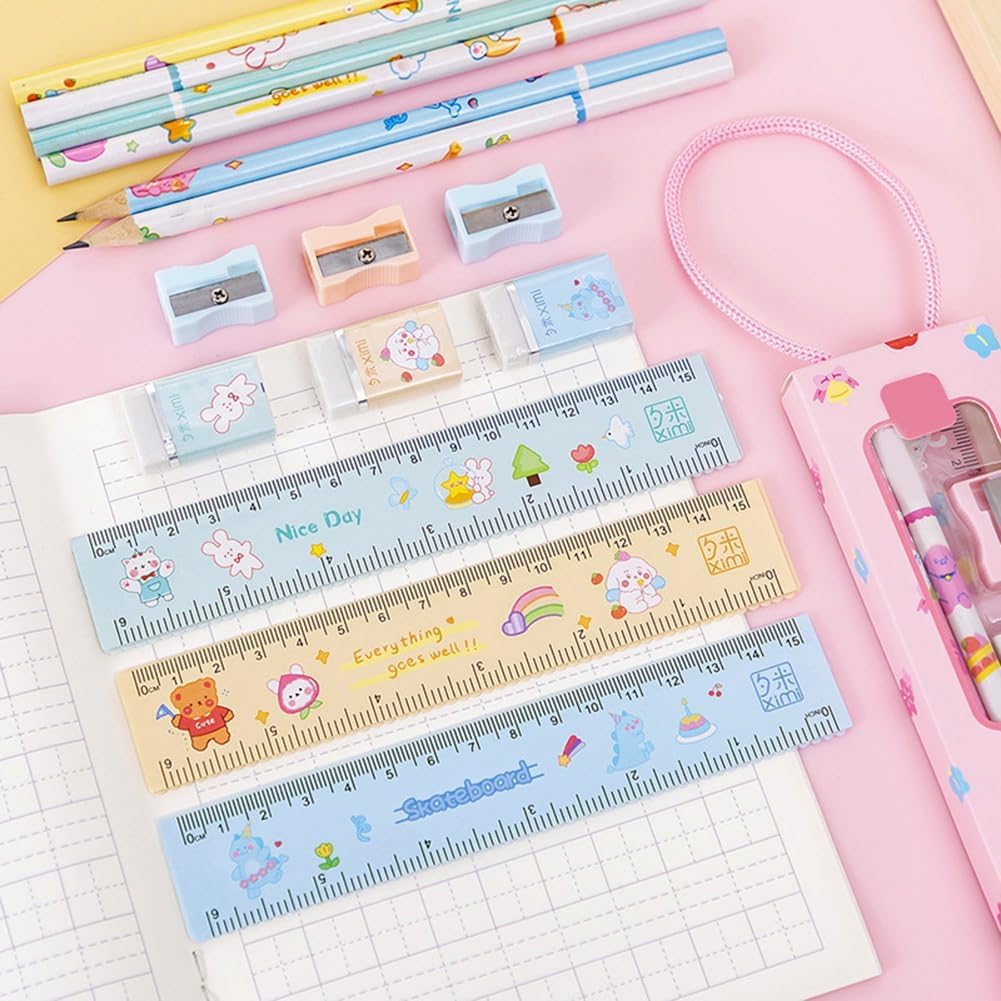
Care, Cleaning & Longevity
- Daily: Quick shake and cap check.
- Weekly: Wipe the case, clean sharpener catcher, top up sticky tabs.
- Paper choice: Smoother pages keep lines crisp and highlight colors true.
- Storage: Lay pens horizontally in the case; it keeps ink flow consistent.
- Zip health: If a zipper feels gritty, a light pass of a graphite pencil along the teeth brings it back.
Good tools feel better when they’re maintained like little instruments.
Shop Bordhap Best School Stationery Set
From Classroom to Clubs to Travel
The Bordhap Best School Stationery Set isn’t just for math worksheets:
- Art club: Swap the geometry pocket for brush pens and washi.
- Music lessons: Add a soft pencil for notation and a cloth for fingerprints on instruments.
- Travel kit: Slip in mini coloring pages, a tiny card game, and page flags for museums—suddenly waiting rooms are quiet and creative.
Keep a labeled “Friday pocket” at home with club-day swaps. On the morning of, switch pockets, not the whole case.
Gifting with Thought
A pre-packed Bordhap Best School Stationery Set is a brilliant first-day-of-school or birthday gift. Add a laminated name card, a tiny encouragement note (“Breathe. Try. Ask.”), and a fresh notebook. The message isn’t just “be organized”—it’s “you’ve got this.”
Conclusion
Organization isn’t about perfection; it’s about smoother starts and calmer finishes. The Bordhap Best School Stationery Set gives kids a reliable, good-looking toolkit that supports focus without fuss. Pack it with the three-zone method, set a two-minute reset routine, color-code with purpose, and let notes teach back. When stationery stops being a scavenger hunt, attention flows where it should—into curiosity, effort, and small daily wins that add up to confident learners.
Shop Bordhap Best School Stationery Set
FAQ
- How many colors should kids use before it gets distracting?
Three roles are enough: headings, key terms, gentle emphasis. Anything more becomes decoration, not information. - What’s the fastest way to check the case at the end of class?
Count the “rail trio”—pen, pencil, eraser—then zip. Two seconds, every time. - Is function-based color coding better than subject colors?
Yes. Definitions stay the same color across all classes, which speeds scanning at test time. - How can I help a left-handed child avoid smudging?
Angle the page clockwise and pause briefly at line ends. Use quick-dry inks when possible. - What belongs in the project pocket for older students?
Fine liner, sticky flags, compact geometry tools, correction tape (if allowed), and a spare pen. - My child hoards novelty pens—how do we keep the case lean?
Do a weekly “audition.” If a tool wasn’t used, it moves to the home caddy. The case is prime real estate. - Any quick routine to reduce homework resistance?
One page = one goal, a 20-minute timer, and an active-recall box at the bottom. Stop when the question is answered. - How often should we deep-clean the kit?
A weekly wipe and a monthly empty-and-reset keep everything fresh without drama. - Can one kit work for both art and STEM days?
Yes—swap the project pocket contents by timetable (geometry vs. brush pens) or keep two labeled mini-pouches ready. - What if the zipper starts sticking mid-term?
A light rub of a graphite pencil on the teeth usually fixes it. Keep large items flat so the case closes cleanly.

